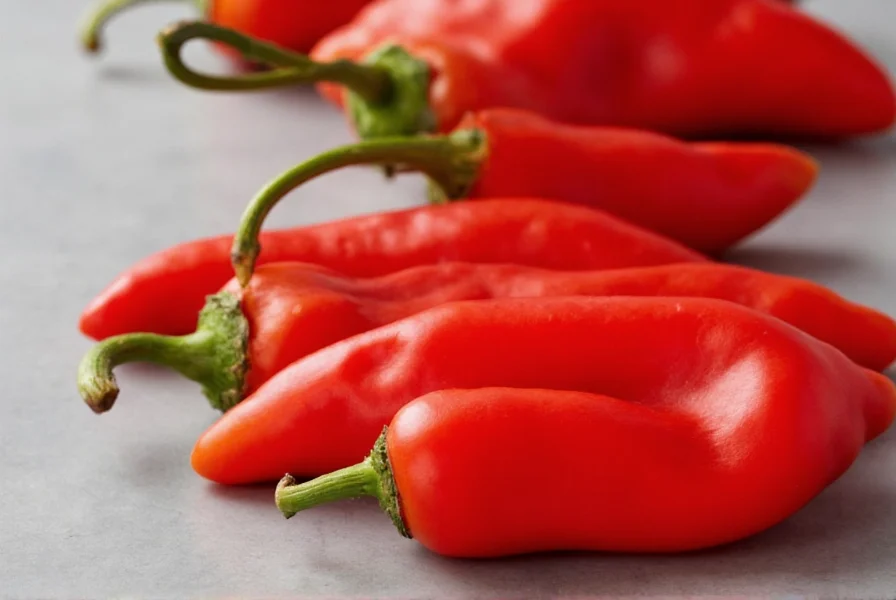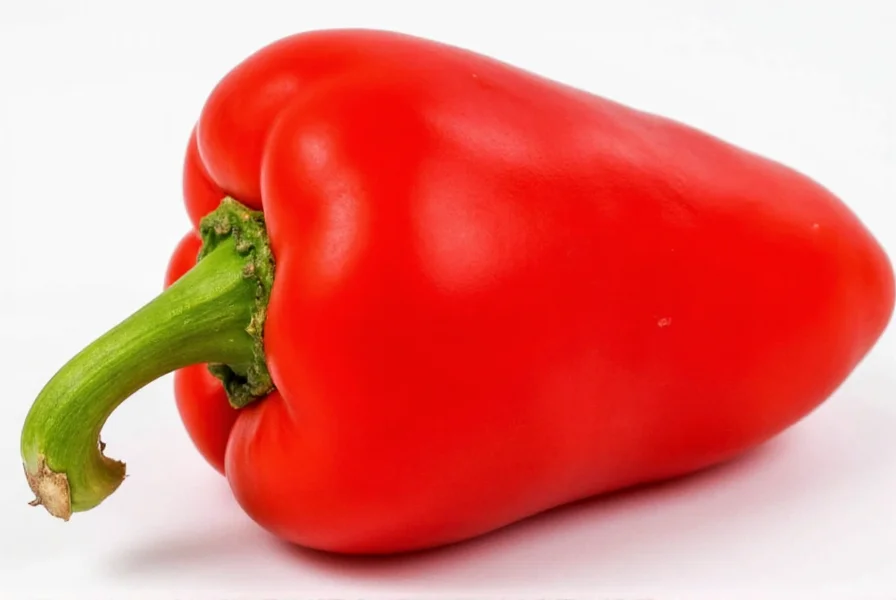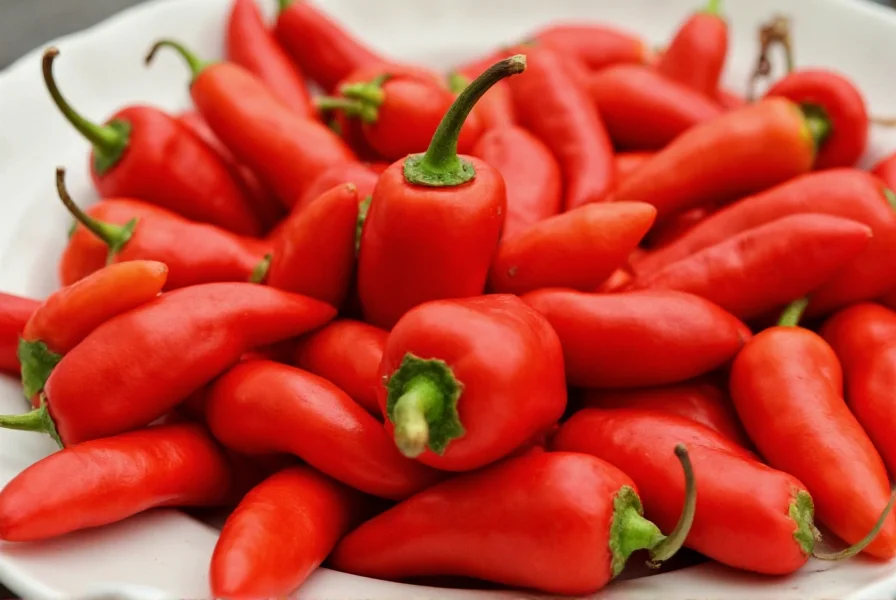Paprika isn't just a single spice but represents a spectrum of flavors derived from different pepper varieties and processing methods. Understanding paprika pepper begins with recognizing its botanical origins and the careful craftsmanship behind its production. This versatile spice has journeyed from Central America to become a cornerstone of Hungarian, Spanish, and global cuisines.
Botanical Origins and Historical Journey
Paprika originates from Capsicum annuum peppers, the same species that gives us bell peppers and jalapeños. When Christopher Columbus brought peppers from the Americas to Europe in the late 15th century, they eventually made their way to Hungary via the Ottoman Empire in the 16th century. Hungarian farmers discovered that their climate was perfect for cultivating these peppers, and by the 19th century, Hungary had become the epicenter of paprika production.
The word "paprika" comes from the Hungarian adaptation of the Serbian word "papar," meaning pepper. Unlike chili powder which often contains additional spices, authentic paprika consists solely of ground peppers, making it a pure expression of the fruit's flavor.
Understanding Different Types of Paprika
Not all paprika is created equal. The flavor, color intensity, and heat level vary significantly based on pepper variety, growing conditions, and processing methods. The following table outlines the major paprika categories:
| Type | Heat Level | Flavor Profile | Best Culinary Uses |
|---|---|---|---|
| Sweet Hungarian | Mild (0-500 SHU) | Fruity, earthy, slightly sweet | Goulash, chicken paprikash, deviled eggs |
| Smoked Spanish (Pimentón) | Mild to Medium (500-2,000 SHU) | Deeply smoky, complex | Paella, chorizo, roasted vegetables |
| Hot Hungarian | Medium-Hot (5,000-15,000 SHU) | Spicy with underlying sweetness | Spicy stews, meat rubs, sauces |
| Sweet California | Mild (0-500 SHU) | Mild, slightly sweet | Salad dressings, potato salads, garnishes |
Understanding the difference between paprika and chili powder is essential for home cooks. While both come from ground peppers, chili powder typically contains additional spices like cumin, garlic powder, and oregano, making it a seasoning blend rather than a single-ingredient spice.
Nutritional Benefits and Health Properties
Paprika pepper nutritional value makes it more than just a coloring agent. Just one tablespoon (6g) contains:
- 62% of the Daily Value (DV) of vitamin A (as beta-carotene)
- 9% DV of vitamin E
- 5% DV of iron
- Significant amounts of vitamin B6 and capsaicinoids
The vibrant red color comes from carotenoids, powerful antioxidants that may help reduce inflammation and protect against certain chronic diseases. Research suggests that the capsaicin in hotter paprika varieties may boost metabolism and provide pain relief when used topically.
When evaluating health benefits of paprika spice, it's important to note that smoked varieties contain polycyclic aromatic hydrocarbons (PAHs) from the smoking process. While traditional smoking methods produce safe levels, extremely dark smoked paprikas may contain higher concentrations.
Culinary Applications and Expert Usage Tips
Professional chefs emphasize that paprika's flavor develops best when bloomed in oil. "Never just sprinkle paprika on finished dishes," advises Maria Fernandez, executive chef at a Budapest restaurant. "Heat it gently in oil for 30-60 seconds to release its essential oils and deepen the flavor without burning it."
For those wondering how to use paprika in cooking, consider these applications:
- Meat rubs: Combine sweet paprika with garlic powder, onion powder, and a touch of cayenne for chicken or pork
- Sauces and stews: Add during the sauté phase with onions and garlic to build flavor foundations
- Color enhancement: A pinch elevates the visual appeal of soups, dips, and salad dressings
- Marinades: Mix with olive oil, lemon juice, and herbs for vibrant meat preparations
When selecting paprika for chicken recipes, Hungarian sweet paprika provides the classic flavor for dishes like chicken paprikash, while smoked Spanish paprika adds complexity to roasted or grilled preparations.
Storage Guidelines and Shelf Life
Paprika loses potency faster than many spices due to its high oil content. To maximize freshness:
- Store in an airtight container away from light and heat
- Keep in a cool, dark cupboard (not above the stove)
- Refrigeration extends shelf life to 18-24 months
- Freezing preserves potency for up to 3 years
How long does paprika last? Properly stored, it maintains good flavor for 12-18 months at room temperature. Signs of degradation include faded color, diminished aroma, and a musty taste. Unlike whole spices, ground paprika deteriorates more quickly, so buying smaller quantities ensures optimal freshness.
Common Substitutions and Mistakes to Avoid
When you need a paprika substitute for recipes, consider these alternatives based on what flavor aspect you're trying to replicate:
- For color: Tomato paste diluted with water or a pinch of cayenne pepper
- For mild flavor: Sweet red bell pepper puree or Aleppo pepper
- For smoked flavor: Chipotle powder (use 1/3 the amount) or liquid smoke
- For heat: Cayenne pepper (use sparingly as it's much hotter)
A common mistake is confusing Hungarian "noble sweet" paprika with regular sweet paprika. The noble variety has a more complex, fruit-forward profile essential for authentic Hungarian dishes. Another frequent error involves using paprika as a last-minute addition rather than incorporating it early in the cooking process to develop its full flavor potential.
Global Variations and Regional Specialties
Hungarian paprika types explained reveal a sophisticated classification system with eight official varieties ranging from mild édesnövesz to fiery erős. Spain's pimentón de la Vera comes in three varieties (dulce, agridulce, and picante), each with protected designation of origin status.
In California, paprika production focuses on mild varieties primarily for color, while in Africa, particularly in regions like Kenya, hotter paprika variants are cultivated. These geographical differences affect not just heat levels but also the subtle flavor notes that make each regional paprika unique.

Understanding what is paprika pepper made of helps appreciate why these regional variations matter. The soil composition, climate, and specific pepper cultivars used create distinctive flavor profiles that can't be perfectly replicated elsewhere.

Practical Buying Guide
When selecting paprika, look for these quality indicators:
- Bright, consistent color (dull or faded indicates age)
- Strong, pleasant aroma when opened
- Fine, uniform texture without clumps
- Clear labeling of origin and type
- Opaque or dark glass packaging to protect from light
Avoid paprika with a musty smell, uneven color, or visible moisture. Premium paprika often comes in smaller containers since it sells more slowly and degrades faster than other spices. For the best paprika for specific recipes, specialty stores or direct imports often provide superior quality to supermarket brands.
Frequently Asked Questions
What's the difference between paprika and chili powder?
Paprika consists solely of ground dried peppers, while chili powder is a blend containing paprika plus other spices like cumin, garlic powder, and oregano. Paprika offers a pure pepper flavor, whereas chili powder provides a more complex seasoning profile.
Can I substitute smoked paprika for sweet paprika?
Yes, but with adjustments. Smoked paprika has a distinct smoky flavor that sweet paprika lacks. Use 3/4 teaspoon smoked paprika for every 1 teaspoon sweet paprika called for, and consider adding a small pinch of sugar to balance the smokiness in non-smoked recipes.
Does paprika have any health benefits?
Yes, paprika is rich in vitamin A (as beta-carotene), vitamin E, and antioxidants. The capsaicin in hotter varieties may boost metabolism and provide anti-inflammatory benefits. Sweet paprika provides these benefits without significant heat, making it accessible to more people.
How can I tell if my paprika has gone bad?
Degraded paprika loses its vibrant red color, becoming dull or orange-tinged. It will have little to no aroma when opened and may develop a musty or stale taste. Properly stored paprika maintains quality for 12-18 months at room temperature, longer if refrigerated.
Why does my paprika sometimes taste bitter?
Bitter paprika usually results from overheating during cooking. Always add paprika to warm (not hot) oil and cook gently for 30-60 seconds without letting it smoke. Burning paprika creates unpleasant bitter compounds that can ruin an entire dish.











 浙公网安备
33010002000092号
浙公网安备
33010002000092号 浙B2-20120091-4
浙B2-20120091-4